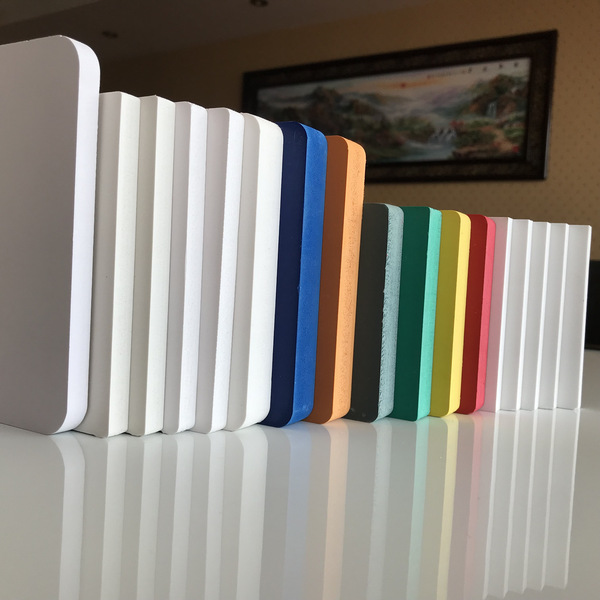
NewsInformation Center
Test method for tensile properties of rigid foam plastics
2023/10/17
The test method for tensile properties of rigid foam plastics is an important procedure to determine the mechanical behavior and strength of these materials under tension. In this method, several steps are followed to ensure accurate and reliable results. Here is a detailed explanation of the test method:

1. Sample Preparation:
- Obtain representative samples of the rigid foam plastics. These samples should be taken from different parts of the material to account for any potential variations.
- Cut the samples into the required dimensions for testing. The dimensions may vary depending on the specific standard or requirement.
- Ensure that the sample edges are smooth and free from any defects that could affect the test results.

2. Test Apparatus:
- Use a universal testing machine (UTM) equipped with suitable grips to hold the sample securely during testing. The UTM should have sufficient capacity and accuracy to meet the testing requirements.
- Calibrate the load cell and extensometer of the UTM according to the manufacturer's instructions to ensure accurate measurements.
3. Test Procedure:
- Set up the UTM and adjust the grips to securely hold the sample without slippage during the test.
- Start the UTM and apply an initial preload to the sample to ensure proper contact between the grips and the specimen.
- Begin the test by applying a constant and uniform tensile load to the sample at a specified rate, typically expressed in mm/min or inches/min.
- Monitor the applied load and measure the extension or strain on the sample using the extensometer.
- Continue the test until the sample fractures or fails. Note the maximum force recorded just before failure.
4. Calculations and Results:
- Calculate the stress and strain values based on the recorded load and extension measurements.
- Stress (σ) is calculated by dividing the recorded force by the initial cross-sectional area of the sample.
- Strain (ε) is calculated by dividing the change in length of the sample by its original length.
- Plot the stress-strain curve to visualize the material's behavior under tension.
- Determine the tensile properties, such as tensile strength, modulus of elasticity, and elongation at break, from the stress-strain curve.
5. Reporting:
- Document all the relevant details of the test, including sample dimensions, testing conditions, and results.
- Follow any specific reporting requirements outlined in the applicable standard or specification.
It is important to note that the above steps provide a general overview of the test method for tensile properties of rigid foam plastics. The precise details may vary depending on the specific standard or test procedure being followed. Always refer to the relevant standards or consult with experts for accurate testing guidelines.
Previous: What is the difference between tensile strength and tear strength?
N e x t : Flammability testing standards for clothing sold in the United States



